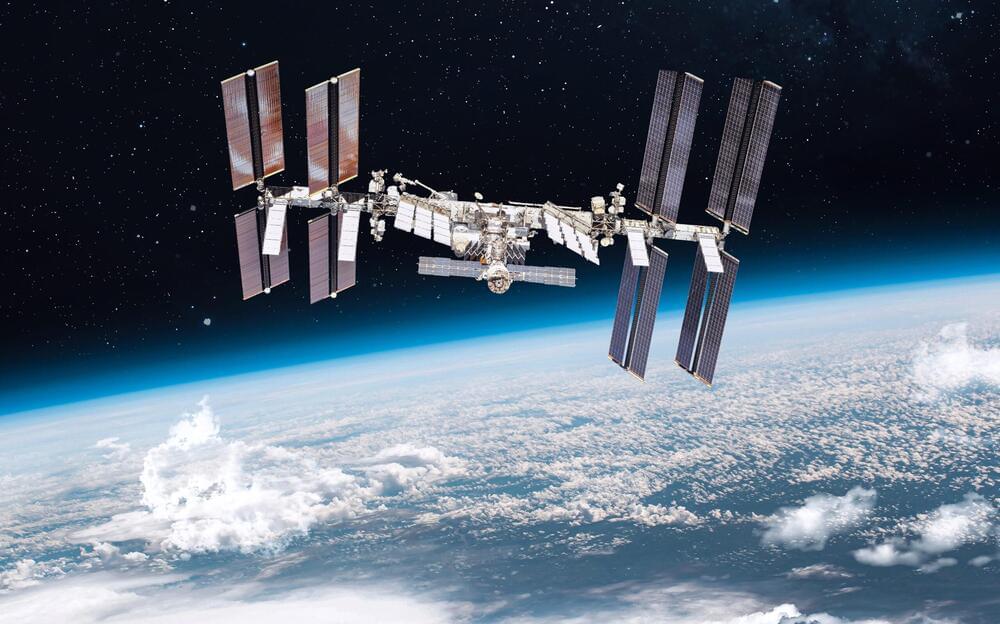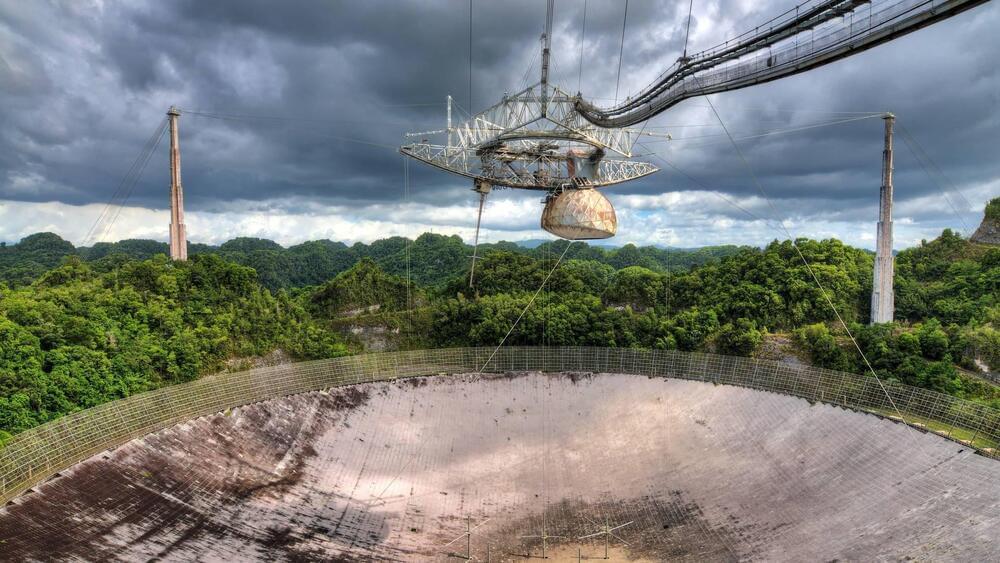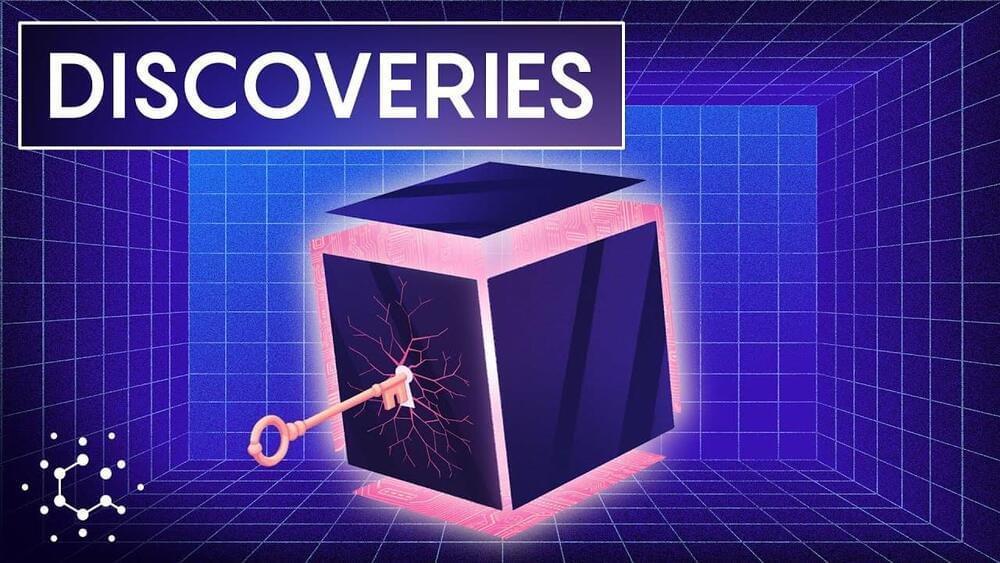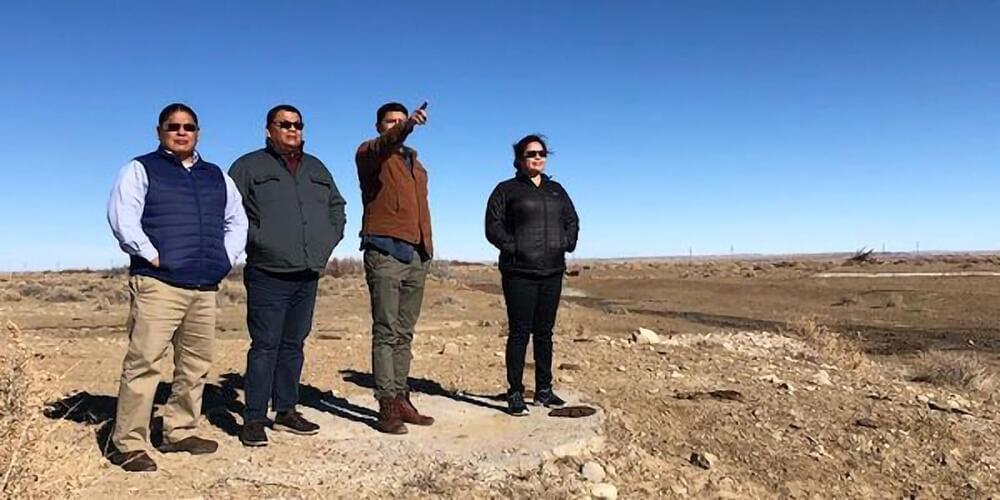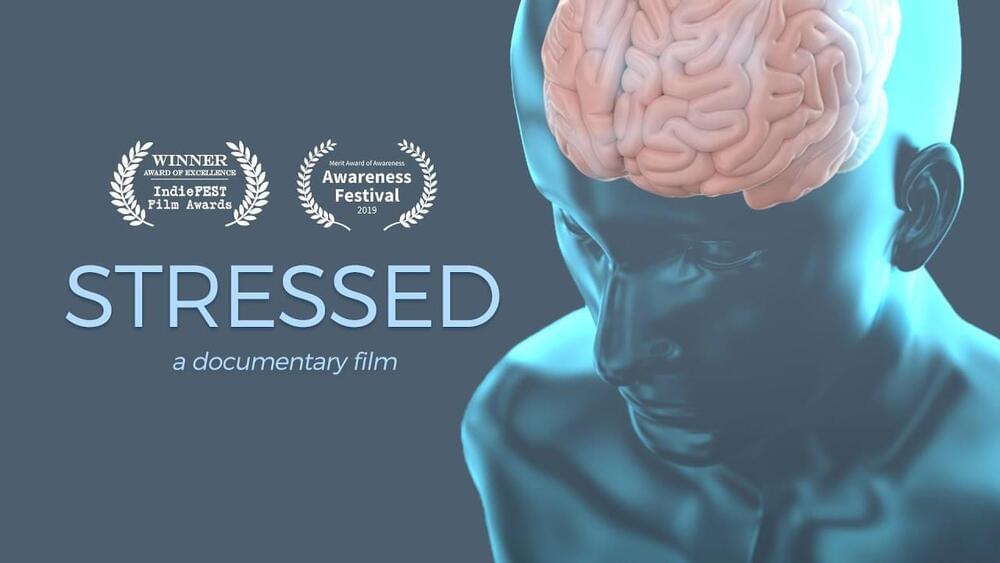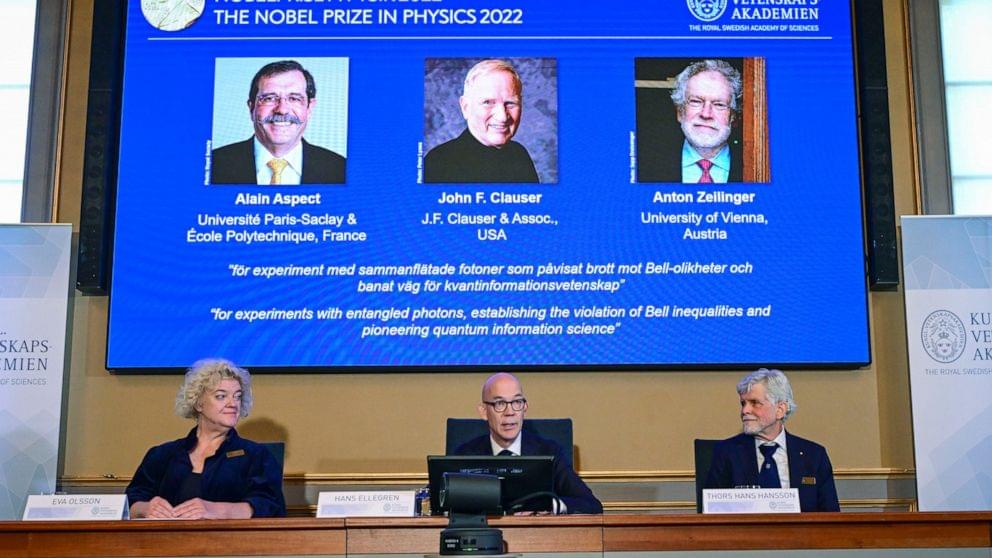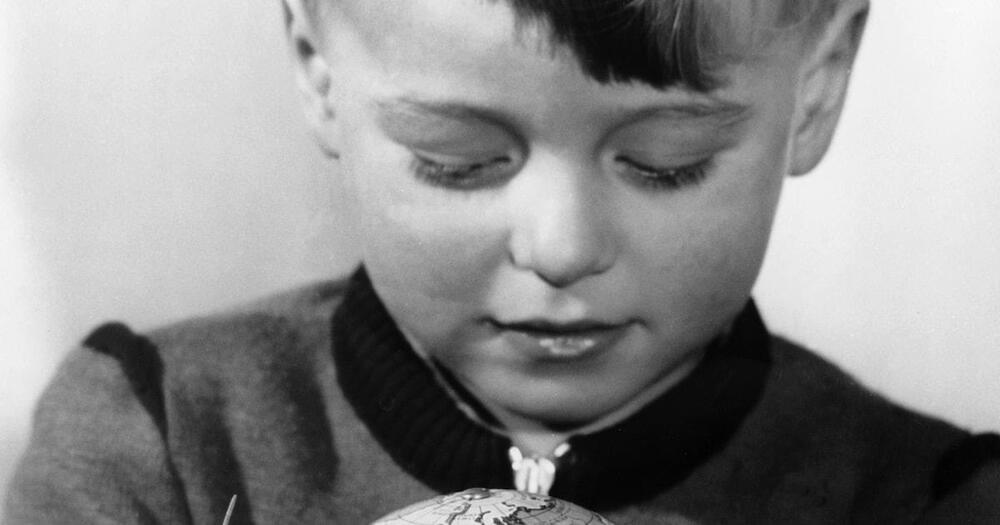Oct 18, 2022
The Social Brain Ep.4: Brain Decoding: The Science of ‘Mind Reading’
Posted by Dan Breeden in categories: engineering, neuroscience, science
Can scientists read your mind and figure out what you’re thinking just by looking at your brain? Well, sort of.
In this episode of The Social Brain with Taylor Guthrie (@The Cellular Republic) and I (@Sense of Mind) talk about a fascinating new area of cognitive neuroscience, called “brain decoding” as well as its counterpart, “brain encoding,” and related topics. It all centers on the question posed above and the future applications, some of which are scary while others are inspiring.
Continue reading “The Social Brain Ep.4: Brain Decoding: The Science of ‘Mind Reading’” »

